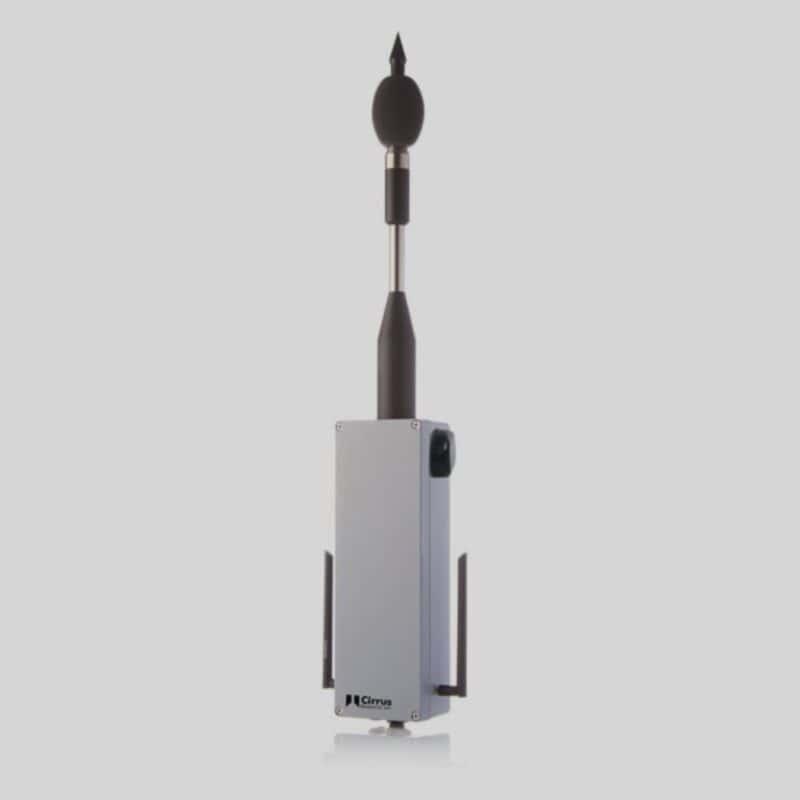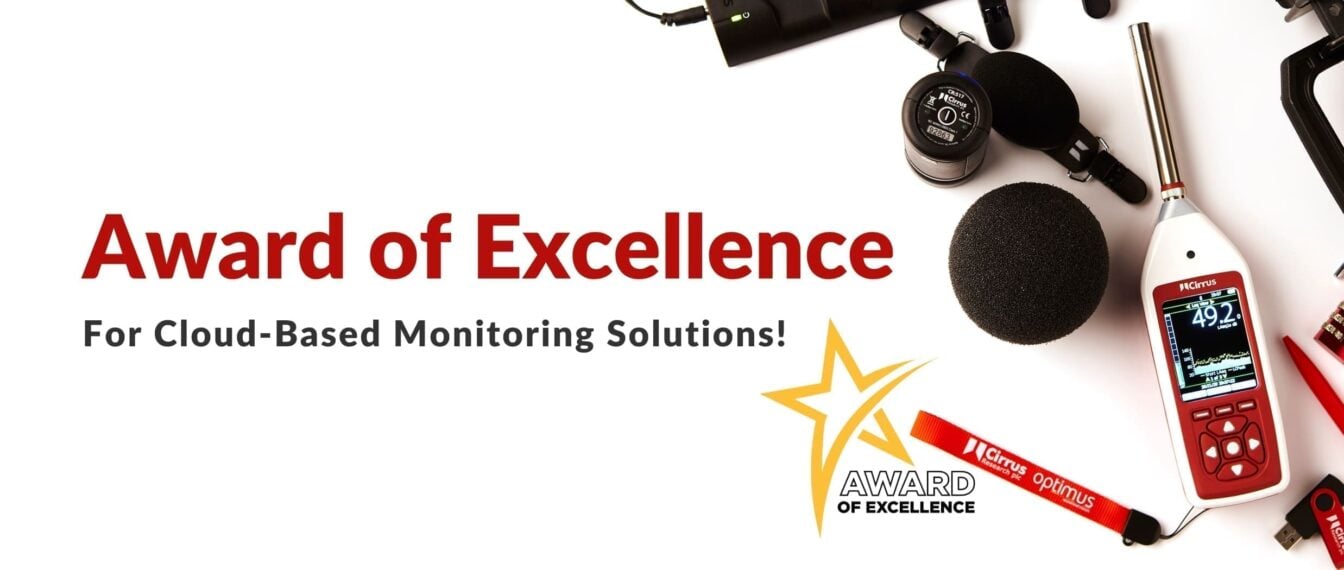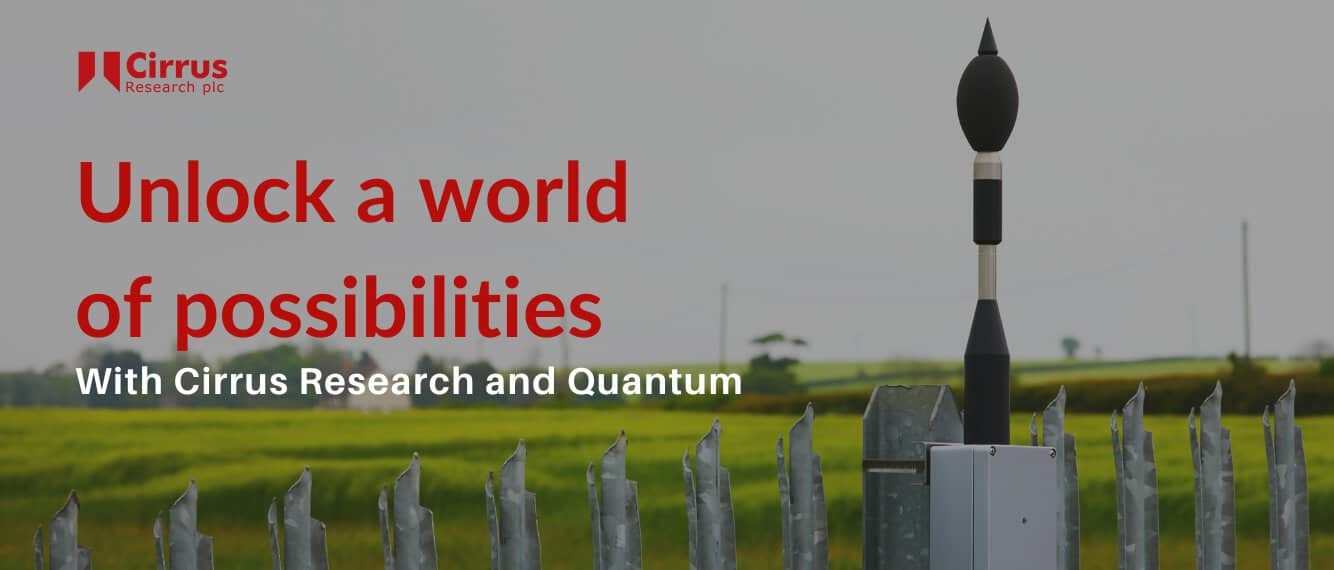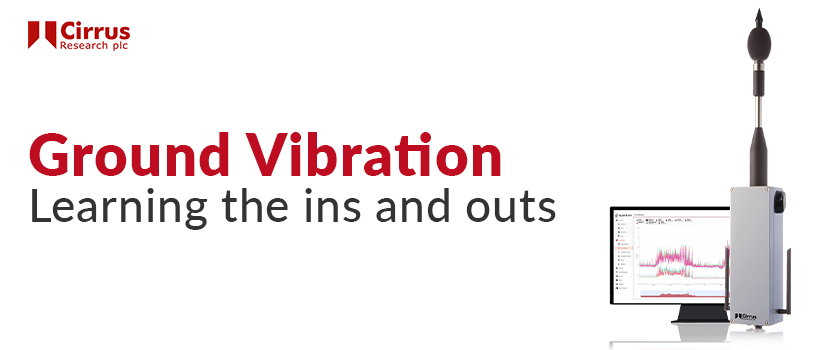Ground Vibration Monitoring
What Causes Ground Vibration?
Two of the most significant sources of man-made ground vibrations are construction and demolition work. This includes activities like pile driving, soil compaction, explosive blasting, and the use of heavy machinery like bulldozers and vibratory rollers.
Similarly to the demolition industry, explosive blasting is commonly used in mining and quarrying to break apart rock formations. These explosions create shock waves that cause the ground to vibrate. Mining operations also involve the use of heavy machinery which contributes further to ground vibrations.
Factories and industrial plants often use large machines that can cause ground vibrations. For example, rotating machinery, pressing operations, or power generation equipment can produce significant vibrations if not properly balanced or if installed on surfaces that do not adequately dampen these forces.
Risks of Excessive Ground Vibration
One of the most significant risks of excessive ground vibration is the potential for structural damage to buildings and infrastructure. Vibrations can cause both cosmetic and structural damage, including cracks in walls, weakening of foundations, and in extreme cases, partial or complete collapse of structures.
Persistent ground vibrations can also have adverse effects on the health and well-being of individuals. It can lead to discomfort, stress, and sleep disturbances, particularly in residential areas near industrial sites. Over time, these issues can escalate into more serious health problems like chronic fatigue, anxiety, and other stress-related conditions.
Industries causing excessive ground vibration may face legal challenges and regulatory penalties. Many regions have strict guidelines and standards to limit ground vibration levels, and industries failing to comply with these regulations can face fines, legal actions, and mandatory operational changes.
How Can Cirrus Help?
Cirrus Research has chosen to partner with Omnidots to provide you with the best vibration monitoring system for your needs – the Omnidots Swarm 2.1.
The Ground Vibration Monitor can either be integrated with our Quantum Outdoor for noise and vibration monitoring or used as a standalone monitor. The highly accurate and sensitive seismograph inside the instrument measures the movement of molecular particles within the ground, measuring ground-bourne vibration levels as peak particle velocity (PPV) in millimeters per second (mm/s).
Get in touch with us!
Use the form below to get in touch with our noise & vibration measurement experts
Ground Vibration Monitoring

The SWARM Ground Vibration Monitor can either be integrated with our Quantum Outdoor for noise and vibration monitoring or used as a standalone monitor.

The Quantum Outdoor noise monitor is a fully automated cloud-based environmental monitor ideally suited for long-term remote measurements of various environmental conditions.



